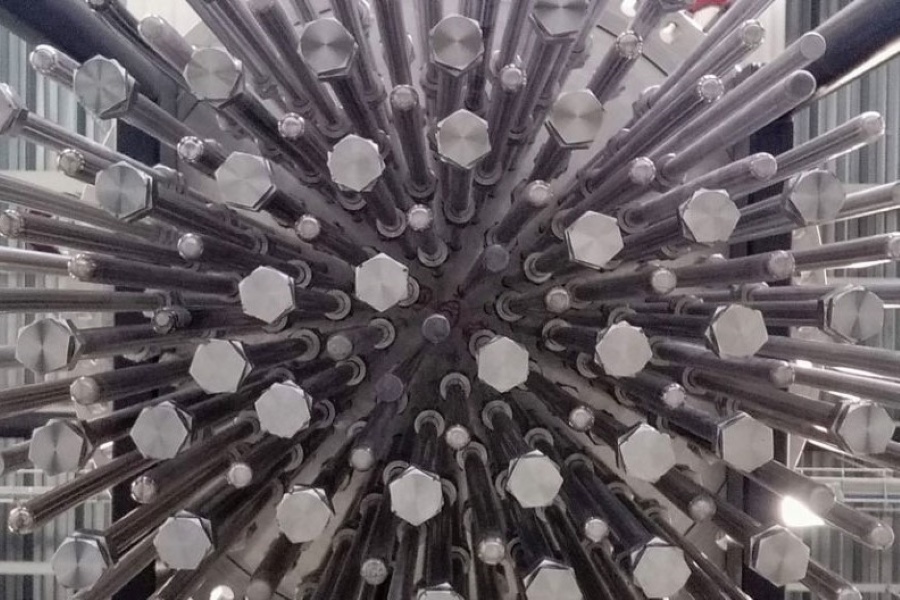As part of this initiative, H2SITE has designed a palladium-alloy membrane separator capable of extracting hydrogen from blends containing between 2% and 10% hydrogen. Once operational, this unit will be the largest installation of its kind, demonstrating the ability to separate hydrogen at low concentrations while achieving high recovery rates.
The Pd-alloy membrane separator enables the recovered hydrogen to be used directly in fuel cells, hydrogen-to-power applications such as gas turbines and engines, and high-temperature industrial furnaces. Simultaneously, it minimizes the hydrogen content in the remaining natural gas, preventing unwanted alterations to its composition. This is particularly important for industrial consumers whose processes cannot tolerate significant hydrogen concentrations and ensures compliance with local gas grid regulations. H2SITE’s membranes will operate at pressures above 50 bar, providing an industrial-scale proof point relevant for large-scale hydrogen storage applications, such as salt caverns or depleted reservoirs.
H2SITE’s hydrogen separation technology has already been successfully validated with gas distribution grid operators, demonstrating that existing infrastructure can accommodate hydrogen-natural gas mixtures. It has also proven effective in producing high-purity hydrogen while maintaining two clean gas streams – one enriched in hydrogen and the other purified natural gas.
This initiative marks a significant step towards decarbonizing the energy sector by leveraging existing pipeline infrastructure and integrating new storage solutions, such as salt caverns, to facilitate hydrogen adoption as a clean energy carrier. Through advanced separation technologies, H2SITE and SNAM are working to position hydrogen as a key resource for the future of sustainable energy.






